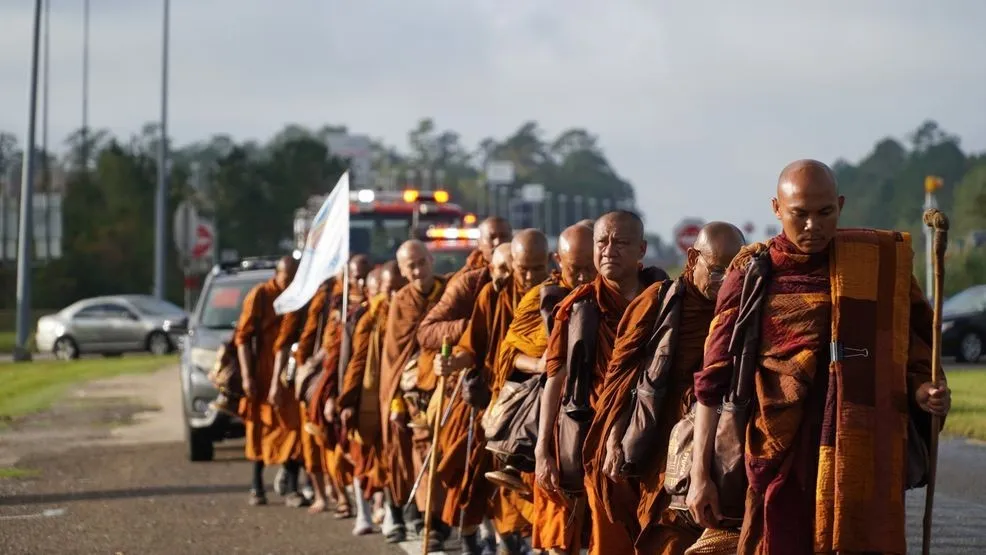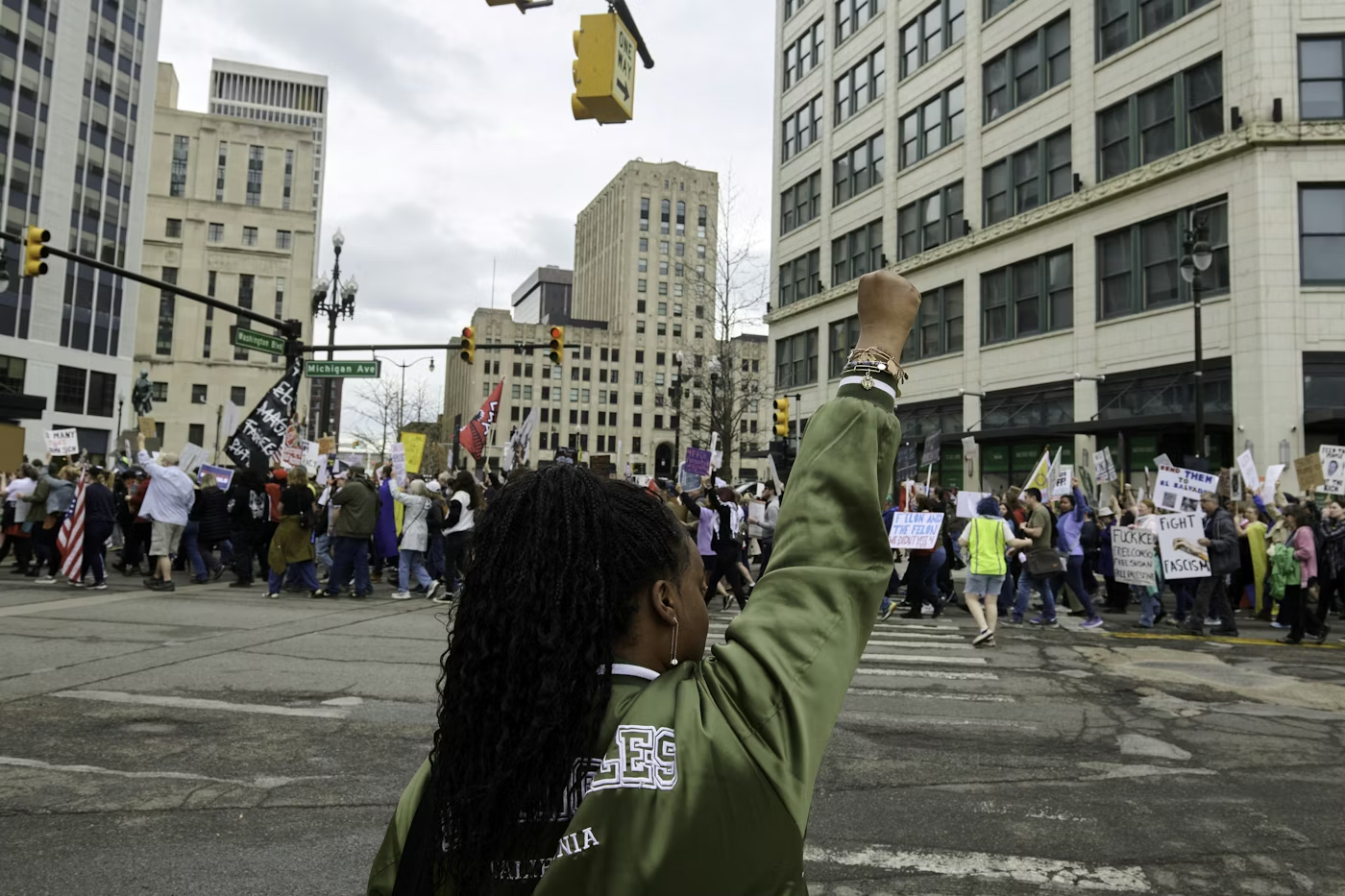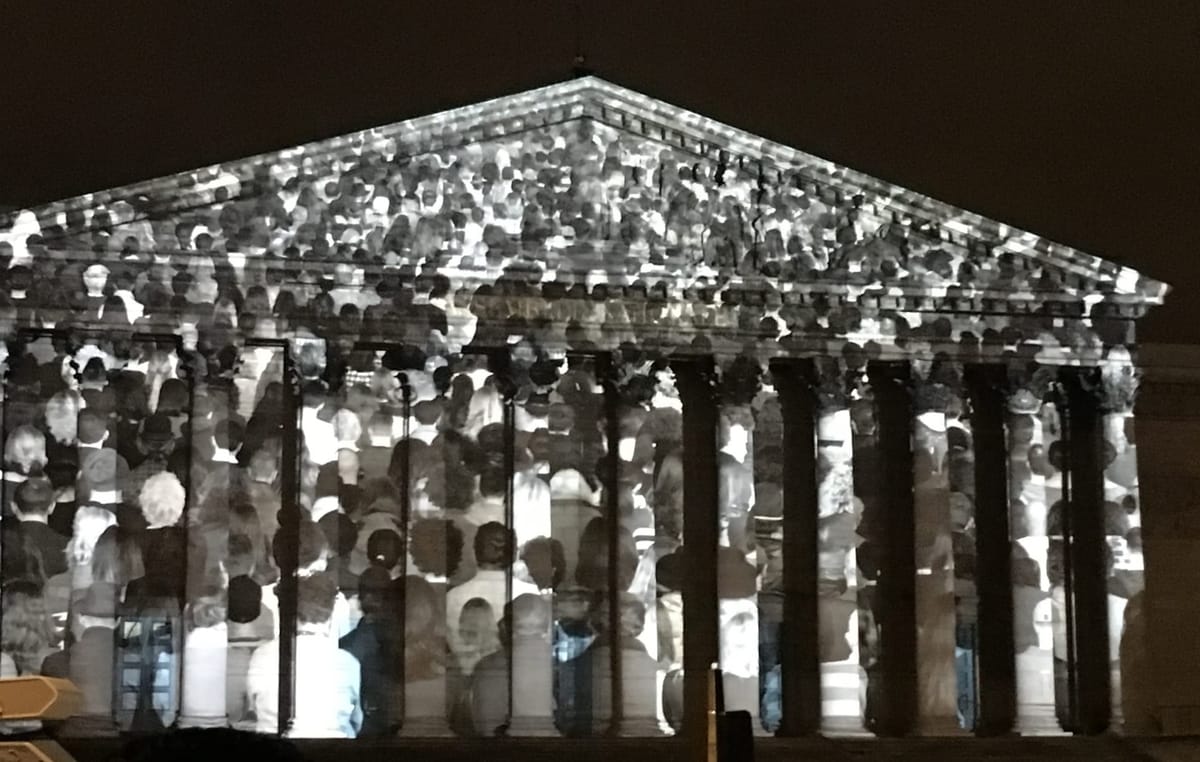curated news excerpts & citations
Rolling Stone: Trump’s DNA Dragnet: The Law That Turns Us All into Suspects
A little-used federal law is being activated in ways that could turn immigration screening into the backbone of a far-reaching DNA surveillance system.
…
For roughly 20 minutes, Mubashir says, he repeatedly asked to show his I.D., which officers declined. Instead, they took him to a federal building that houses immigration court and Immigration and Customs Enforcement offices, fingerprinted him, and ran his biometrics through federal systems. When officers finally allowed him to present his identification, it confirmed what he had said all along: He is an American citizen.
…
Increasingly, identity doesn’t live on paper; it is something the government extracts from your body. This didn’t come out of nowhere. On his first day back in office, Trump signed an executive order containing a blunt directive: DHS should start collecting DNA from everyone it detains, breathing new life into an existing law allowing federal agents to take genetic samples from anyone in immigration custody.
…
Tucked into dense language, the agency seeks to redefine “biometrics” so broadly that almost nothing about a person is off-limits.
…
This opens the door for immigration bureaucracy to sweep millions of ordinary people into a biometric capture system once aimed only at migrants in custody.
(more…)








